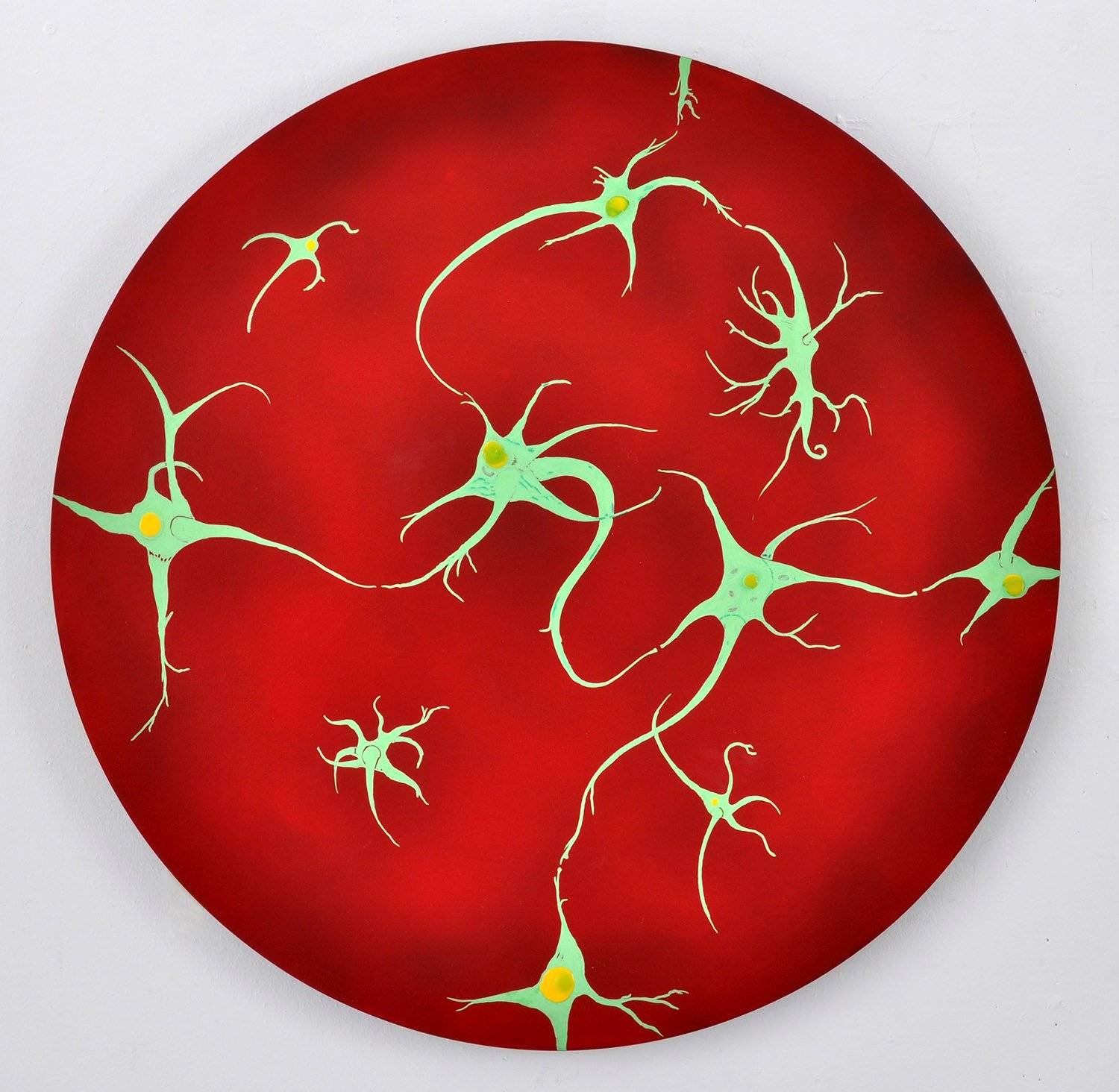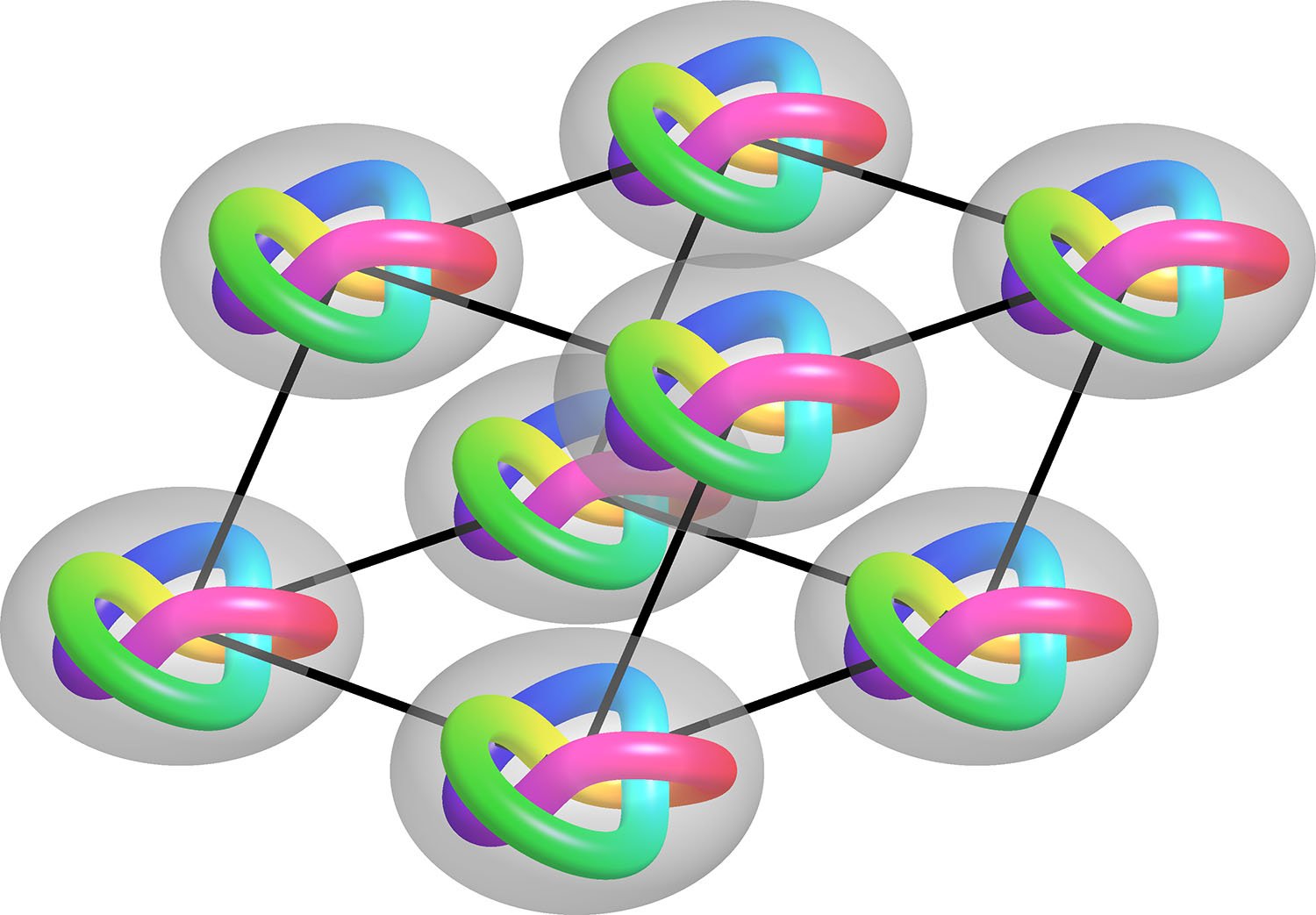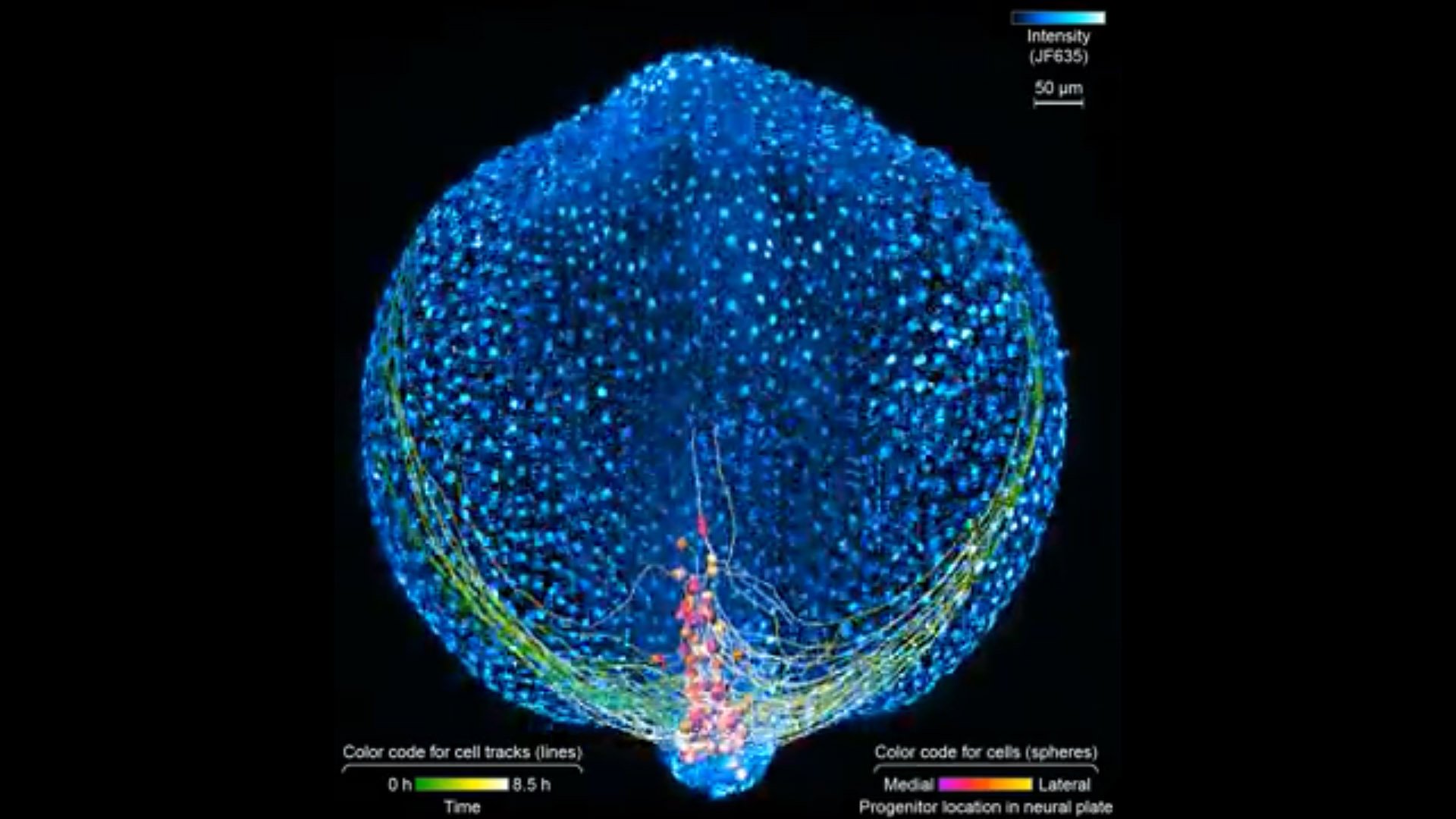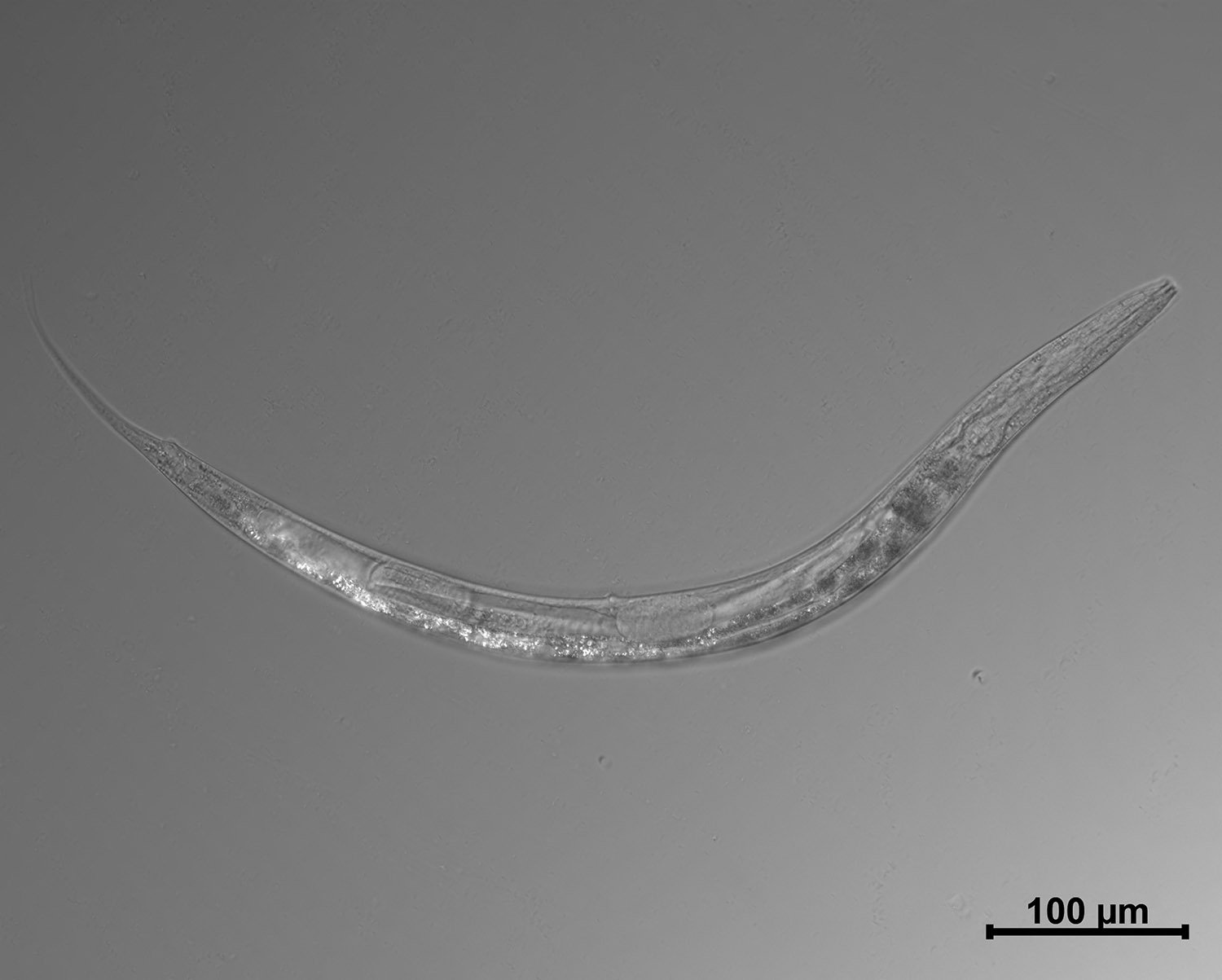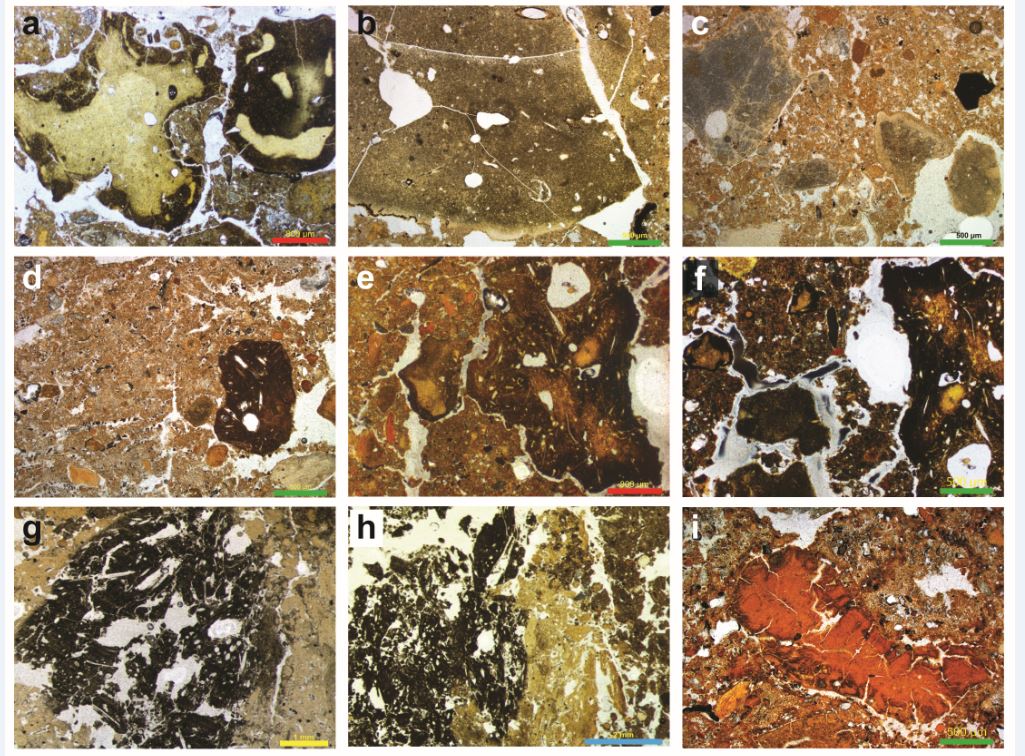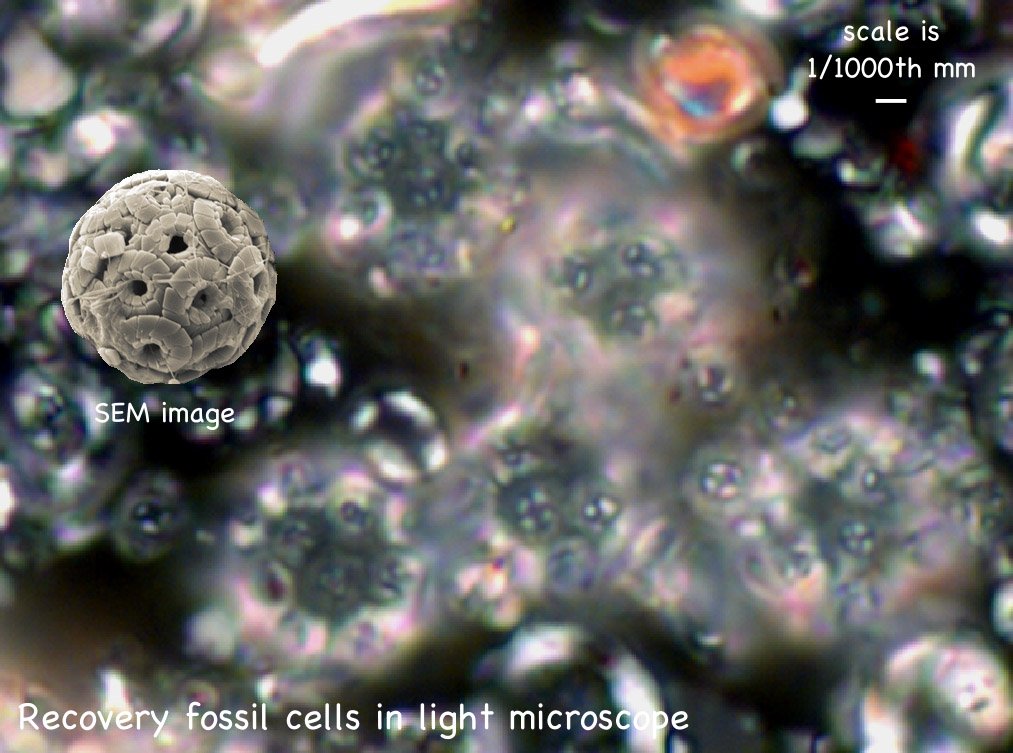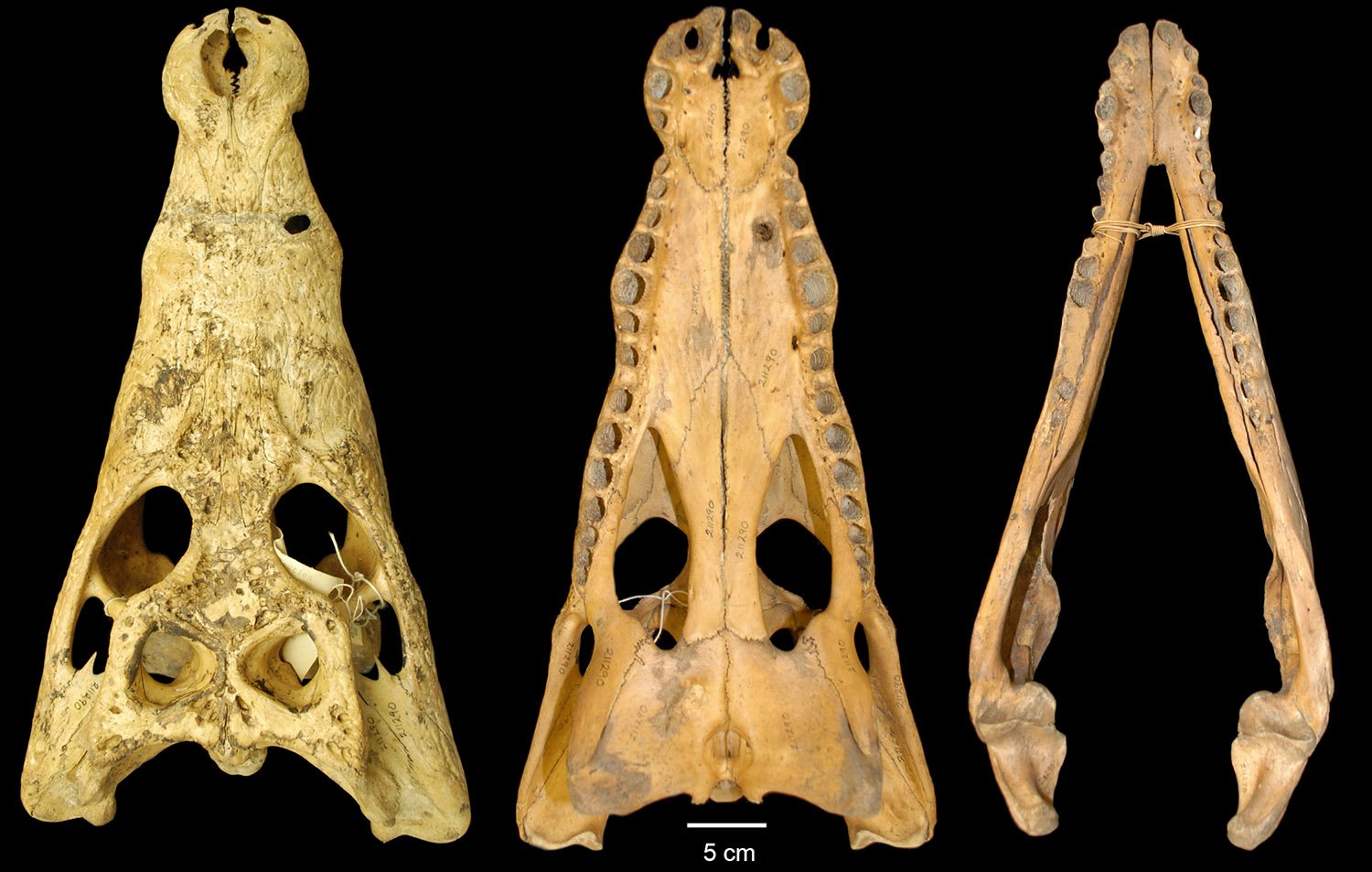Neurons’ response to seizure-induced stress reduces seizure severity
In response to seizures, the endoplasmic reticulum (ER), a network of flattened tubes in the cell that packages and transports proteins, triggers a stress response that reduces brain activity and seizure severity. The new findings, reported by Nien-Pei Tsai and colleagues at University of Illinois at Urbana-Champaign on 26th September in PLOS Genetics, may have important … Read more
